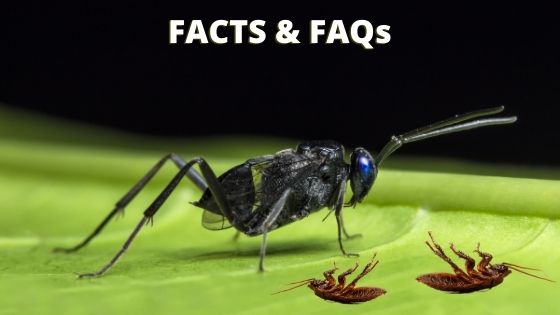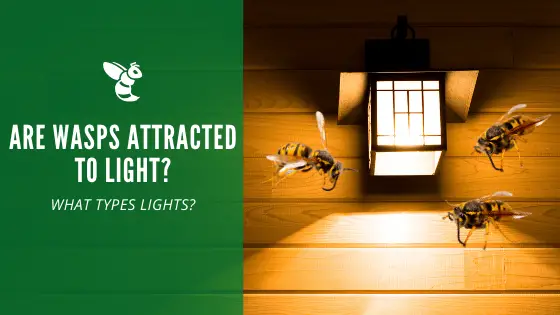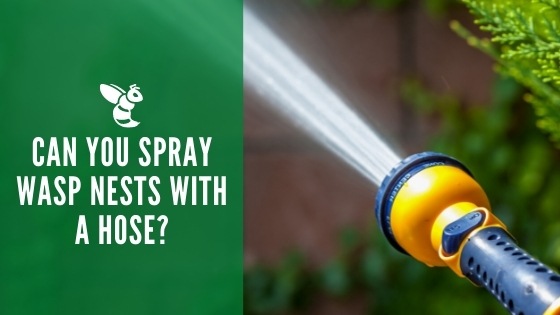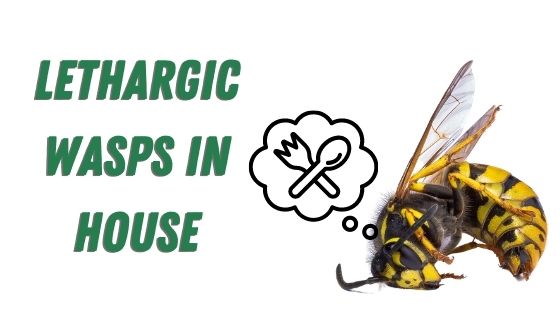Ensign Wasp Facts & FAQs

You might mistake the Ensign Wasp for a spider because of long legs, dark-colored body, and antennae. Because of its mannerisms and body, people tend to be afraid of this variety of wasp. Have you ever seen an Ensign Wasp before?
If you come across one in your yard this coming spring or summer, it’s best to leave them alone. They are actually very beneficial, and they’re not going to sting you.
What are Ensign Wasps?
The Ensign Wasp is an insect that will grow to be around 1/4 to ¾ of an inch in length. Their bodies are very small and compressed. With a dark black abdomen that often moves up and down like a flag, you’ll benefit from this insect if you have a cockroach issue that you would like to naturally deal with.
There are actually a few hundred different species of Ensign Wasps in the world, but they’re definitely rarer than something like a yellowjacket or paper wasp. They’ll live just about anywhere except for polar regions on Earth, where conditions aren’t suitable for their survival.
Social insects, there are Ensign Wasps that reproduce, and there are workers that care for the colony and the young larvae. There are even soldier wasps that have the job of protecting the colony and the nest.
Do Ensign Wasps Create Nests?
The Ensign Wasp will create a nest for the workers, soldiers, and females to live in, but the eggs are not laid here like they are with other species of wasps. The Ensign Wasp will search for egg casings of cockroaches. The wasp will then become a parasite to these eggs, laying their own young within the casings.
The larvae will grow in this space, consuming the eggs as their food as they grow. This is very much separate from the home base nest. The nest may be outside, while the larvae may be inside, where you would typically find cockroaches. If outside, you’ll find Ensign Wasp nests around the floor of the woods, inside of tree holes, among piles of wood, etc.
Ensign Wasp Life Cycle
The female Ensign Wasp will search for cockroaches in their vicinity. This can occur outside in wooded areas, but Ensign Wasps aren’t opposed to heading indoors to find their host.
At this point, the cockroach’s egg sac will be taken over by the female Ensign Wasp. The eggs will be laid here. As the larvae hatch and grow, they will live off the eggs in the sac. Essentially, there is no cocoon that they grow in. Once the larvae are old enough, they will break through the egg case by chewing through it.
They will escape to the outdoors if they were pupated inside. Their adult lifespan is only about three weeks, so the process will continue again and again to keep the colony going strong.
Do Ensign Wasps Sting or Bite?
The Ensign Wasp is completely harmless, so you don’t have to worry about them biting you or stinging you. They may become defensive of their nest if they spot you nearby, but there isn’t much damage they’re going to do to you. If anything, they’ll just fly around you and annoy you.
What do Ensign Wasps Eat?
The Ensign Wasp will seek cockroaches in the area, as they are interested in the cockroaches’ egg cases. The female Ensign Wasp will lay their eggs inside of these oothecae, and the larvae that come from the eggs will then consume the eggs of the cockroach.
The adults will feed off of the nectar of various flowers. They will also feast on honeydew that has been deposited on leaves by aphids.
What to do About Ensign Wasps in Your House
If you spot an Ensign Wasp inside of your home, they’re probably just in search of cockroaches. You probably don’t want them inside, so feel free to catch them and release them outside where they belong. There’s really no benefit to killing them. They can help protect your home from unwanted guests like cockroaches.
If you find that there are several adult Ensign Wasps that have recently hatched indoors, it’s a good idea to see where they’re coming from and remove them. You don’t want them to start building a nest inside your home. They have their place outdoors, and this is where you should try to keep them.
Also known as Hatchet Wasps, Ensign Wasps aren’t an insect that you need to be overly concerned with upon noticing them. Are you wondering should You Get Rid of Ensign Wasps? You probably don’t need to.
However, if they’ve made a nest in an area that you’d rather have left alone, it might be time to remove the Ensigns Wasps from your property. They aren’t going to sting, but areas where children and adults are playing and gathering, would be more pleasant without a nest of them around.



